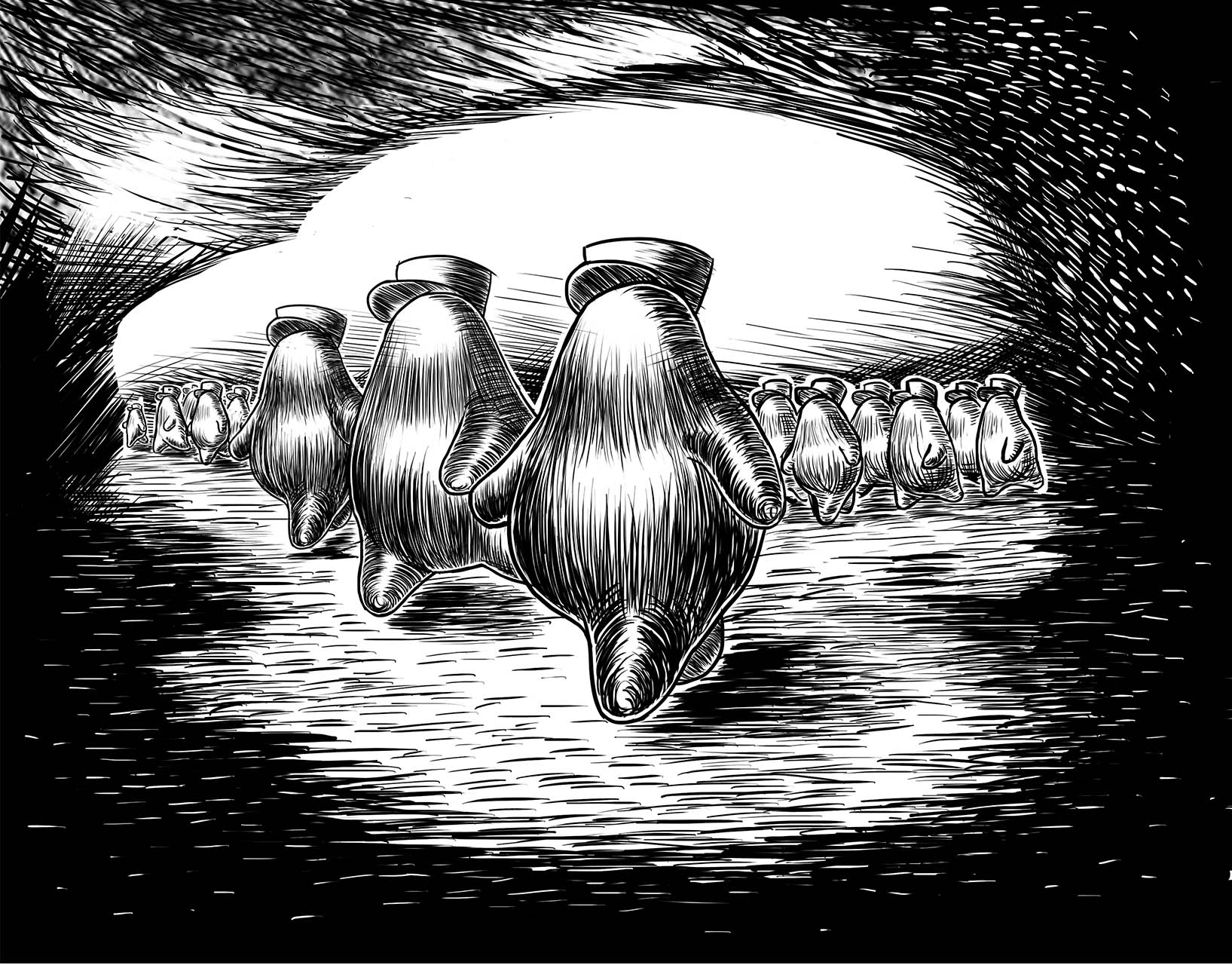Wendy Cabrera Rubio
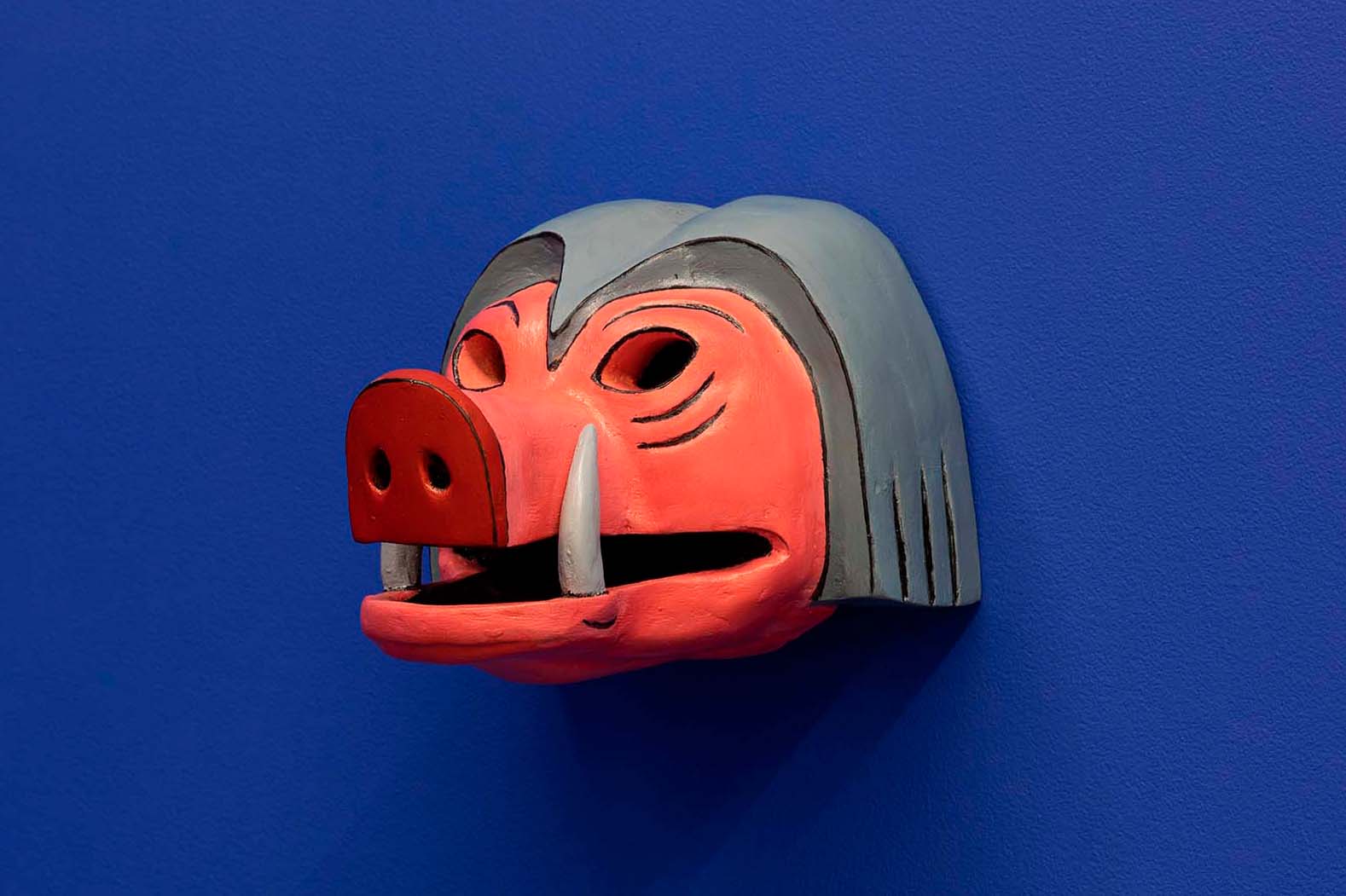
Wendy Cabrera Rubio's work constitutes a redistribution of the material and symbolic space from the sensuous activity, which designate both a whole and an excluded part of the system of representation that has been formed by mass culture and art itself.
Dealing with the material conditions that result in figures that emanate from the imaginary, her practice is situated as a meeting point for science, history, technology and art to question those discourses that have legitimized the means of representation. Her intervention proposes a space of enunciation for what has constituted the representation of subalternities from a reading of the invisible to the presuppositions that give rise to subjectivity. Thus, in an exercise of empathy with the dominant set, Cabrera Rubio inhabits the hegemonic voices presented in the imaginary: caricatured, incautious, accessible. She refuses the representation of her subalternity and chooses to adopt characters and tropes to speak of the shadow of constituted otherness.
In this way, her work decants the performative expressions that result from the circulation of knowledge, goods and images. Cabrera Rubio appeals to art production by conjugating and opposing manual and intellectual labor, two categories historically opposed in terms of the time available to deal with common issues beyond production and reproduction requirements. Production and reflection constitute a time of their own, a testimony of the work and a code of production. The work with textiles contrasts manual repetition with virtuosity. In turn, it plays with the language and didactic format of public culture to dispose of institutional operations and state pretensions and to link a symbolic order with the instrumental world. Techniques, materials and languages are dismissed in art as an aesthetic dispute in production. Cabrera Rubio engenders object and action to bring the residual into play.
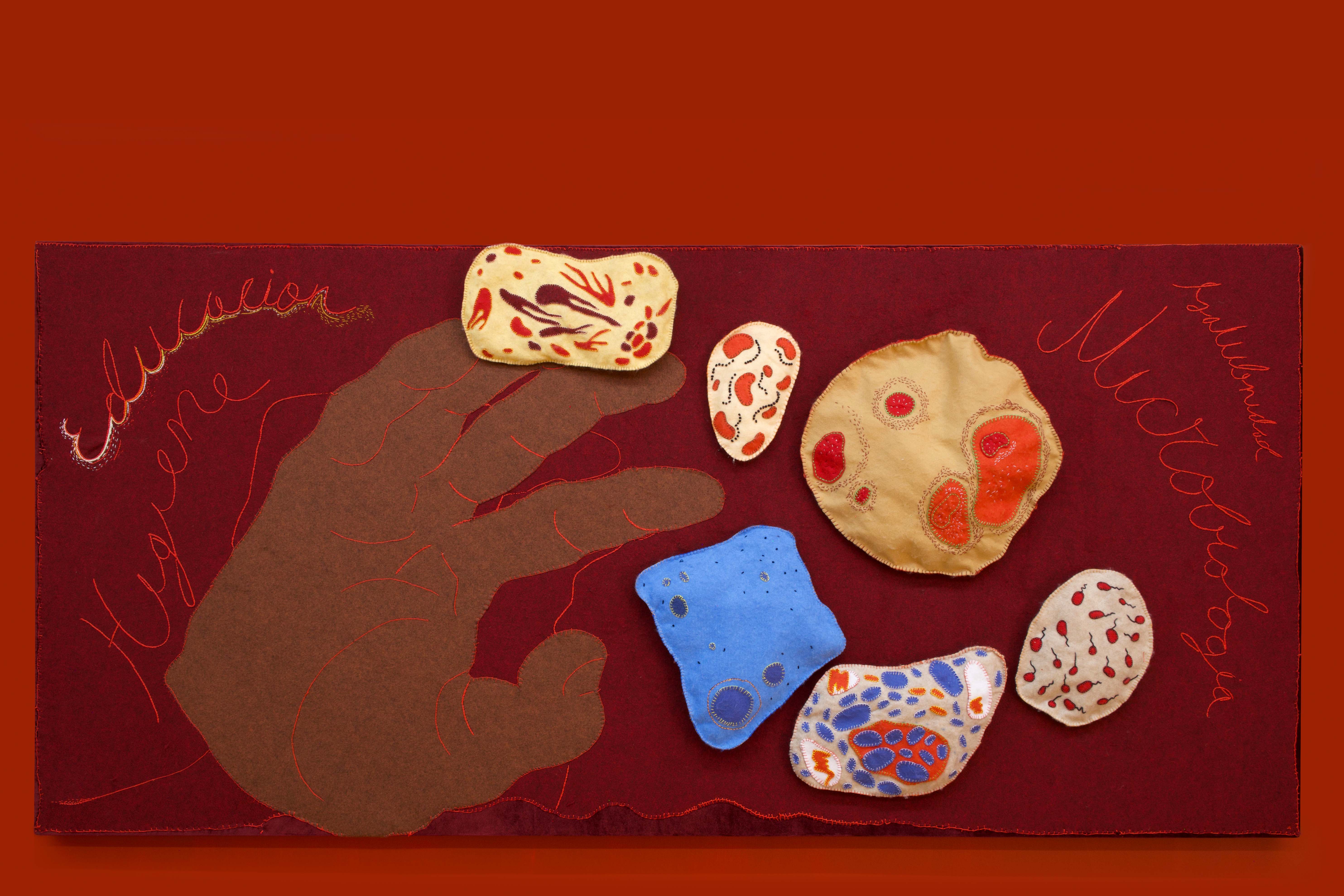
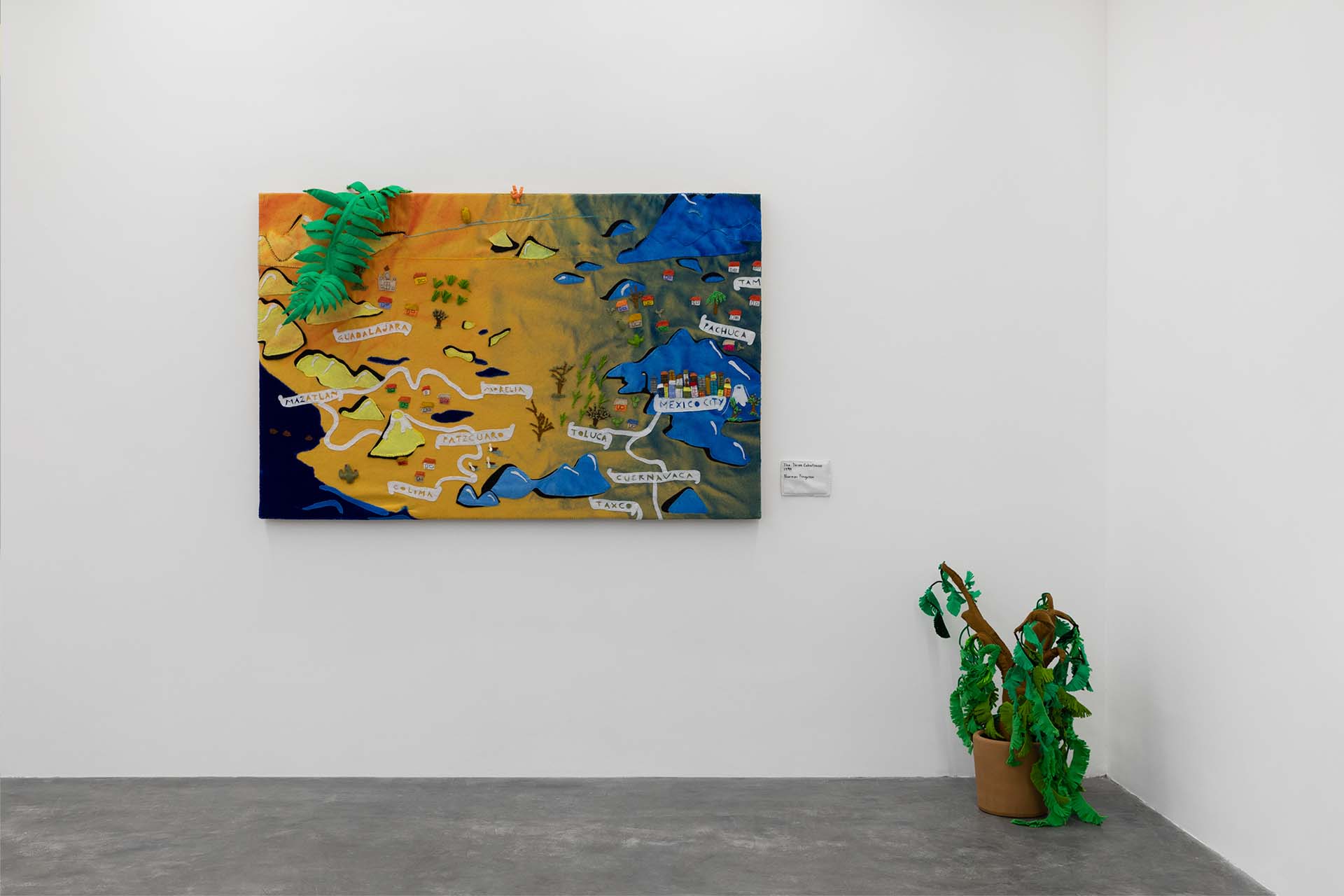
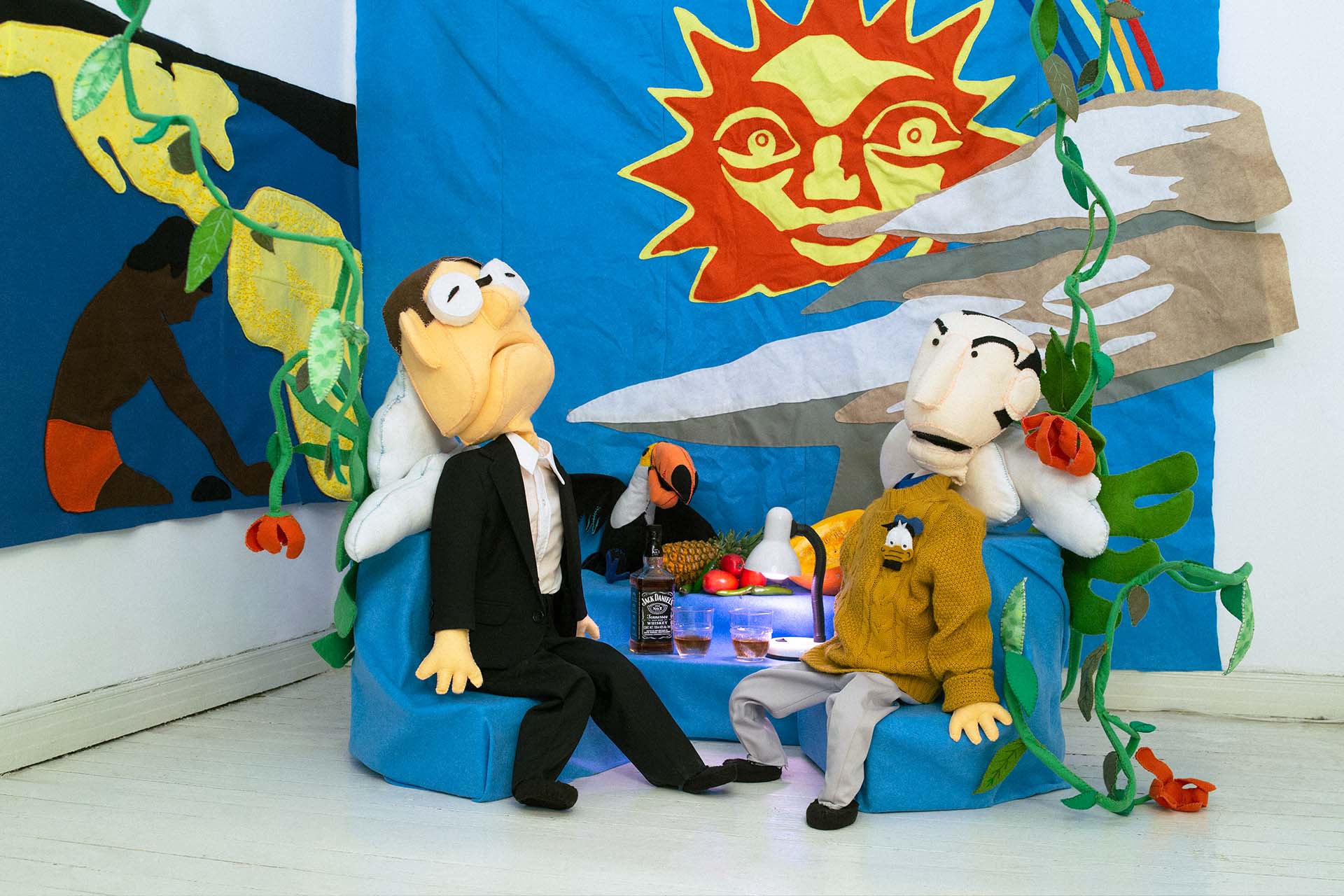
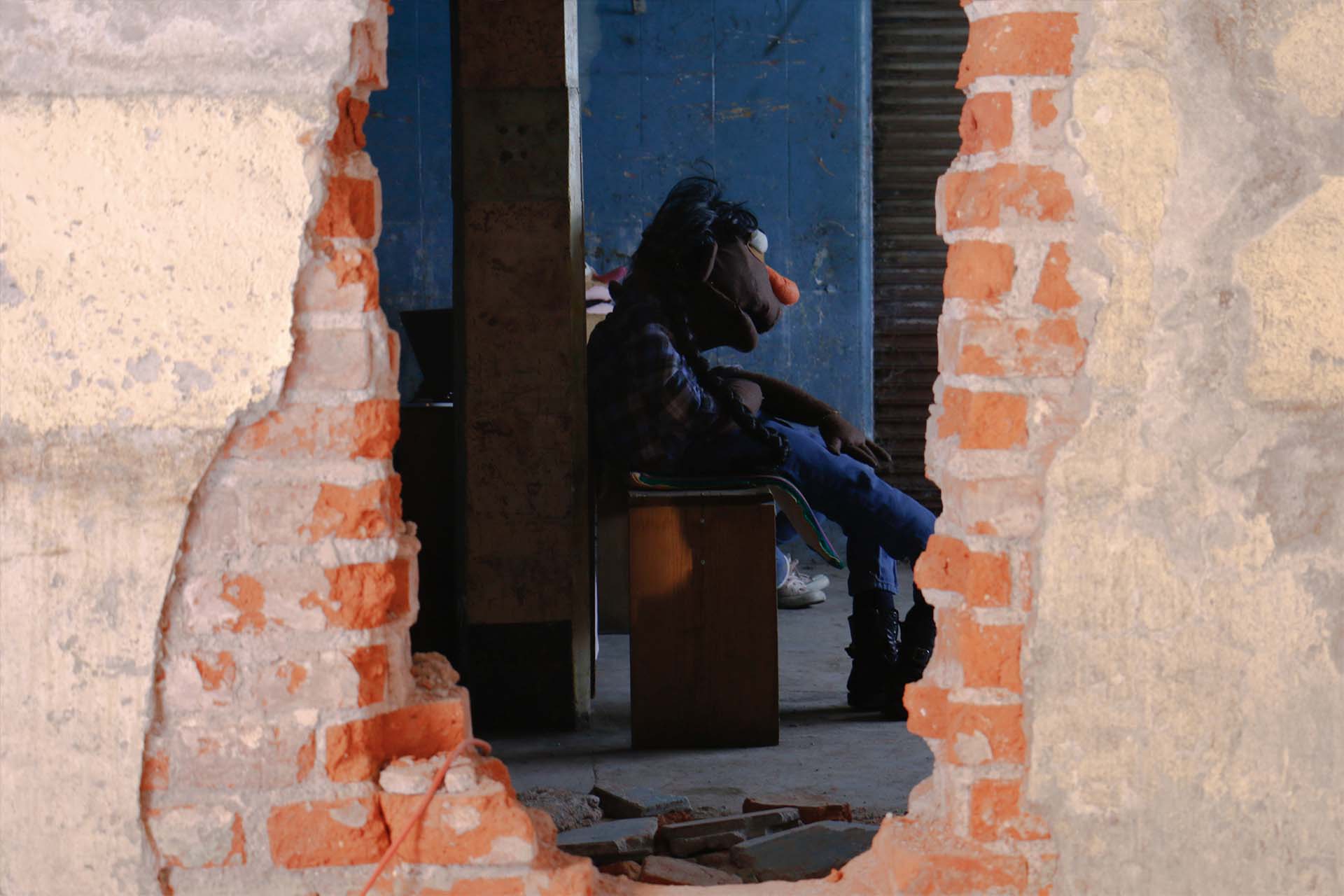
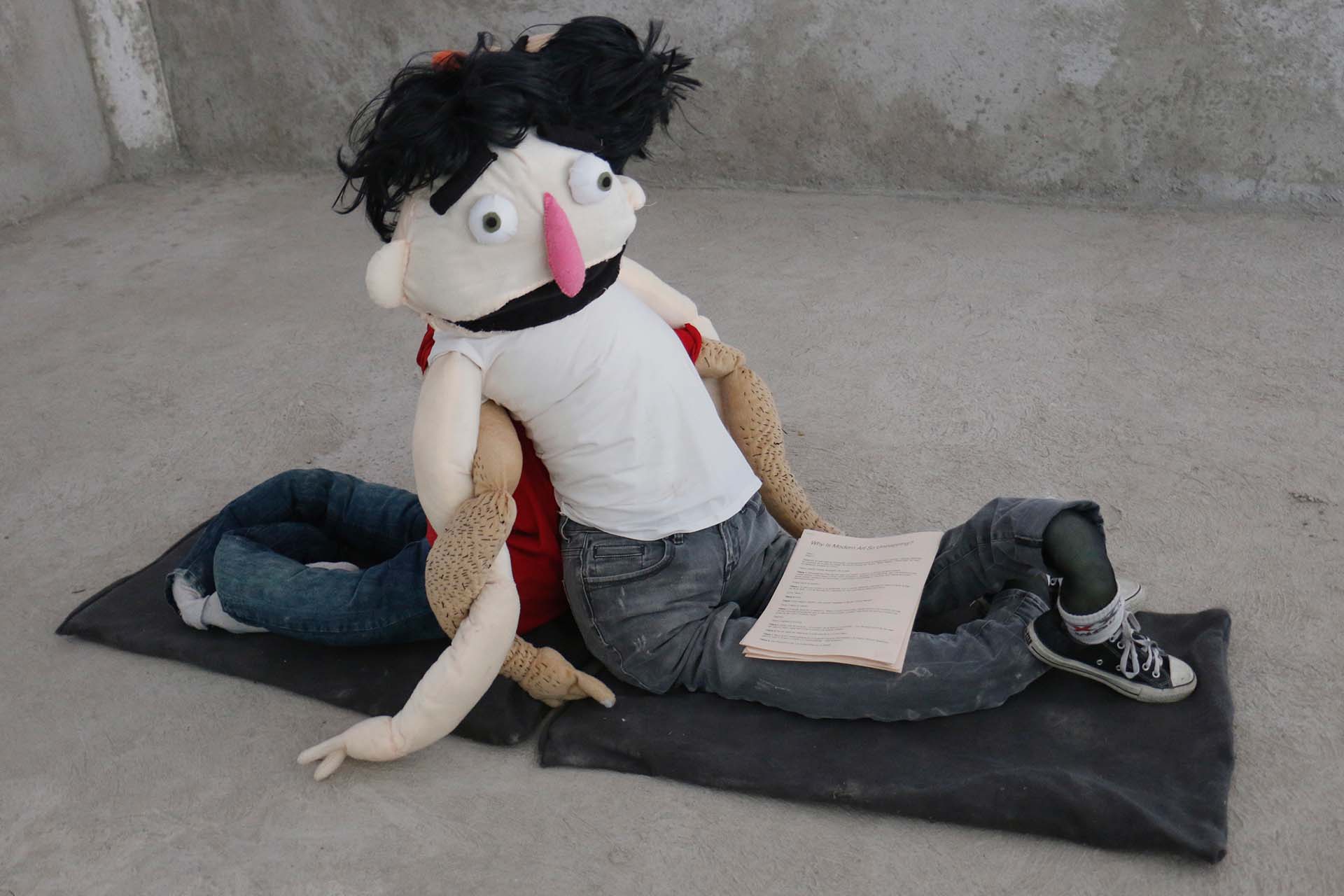
Wendy Cabrera Rubio is a Mexican artist based in Mexico City. She completed her undergraduate studies at ENPEG "La Esmeralda" and later joined the SOMA Educational Program. Her work has been presented collectively at the Museo Universitario de Ciencias y Artes, Mexico City; Laboratorio Arte Alameda, Mexico City; Ex-Teresa Arte Actual, Mexico City; Museo de la Ciudad, Mexico City; Sala de Arte Público Siqueiros, Mexico City and Colegio Nacional, Mexico City. It has also been presented individually in Kurimanzutto, Mexico City; Peana, Monterrey; Biquini Wax EPS, Mexico City; Jumex Museum, Mexico City; Embajada, San Juan and the Nordenhake gallery, Mexico City. She is part of the FONCA 2021-2022 Young Creators Program in the Alternative Media category.
Pedro Alvarez Luna Perera is a writer, researcher and cultural manager. His research has focused on critical cultural management and public mechanisms of patrimonialization.
All images courtesy of the artist.
